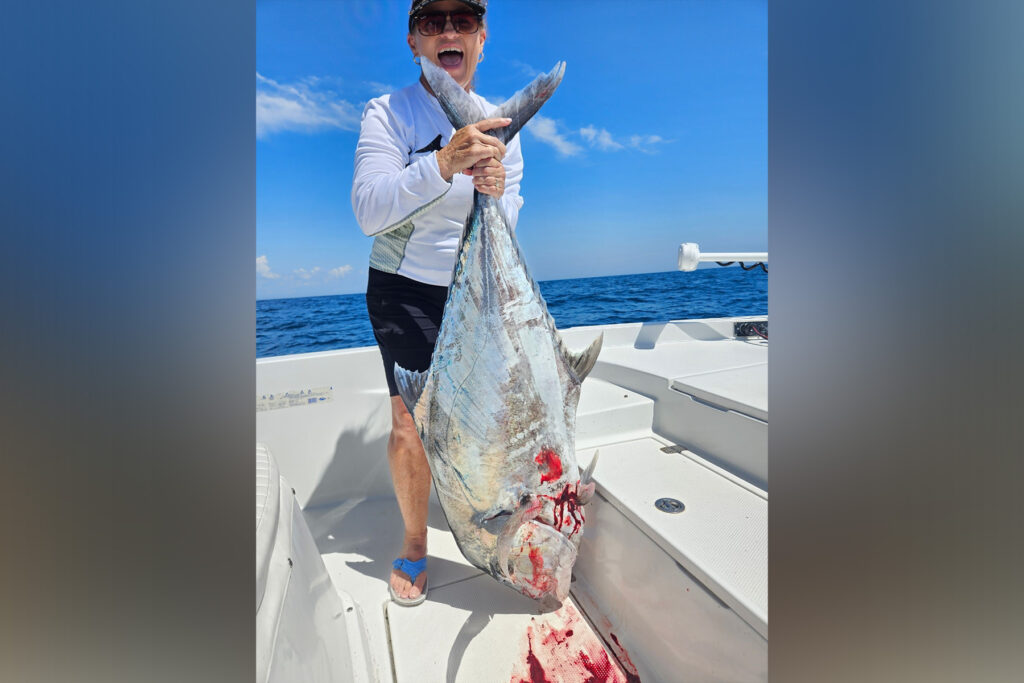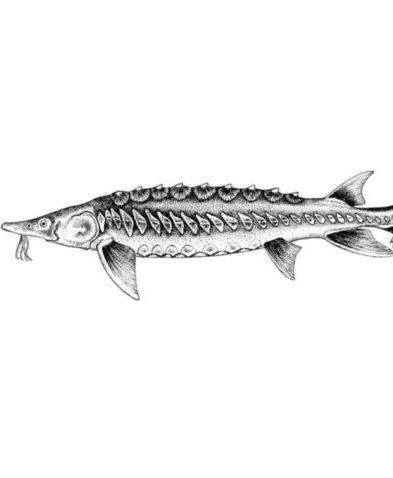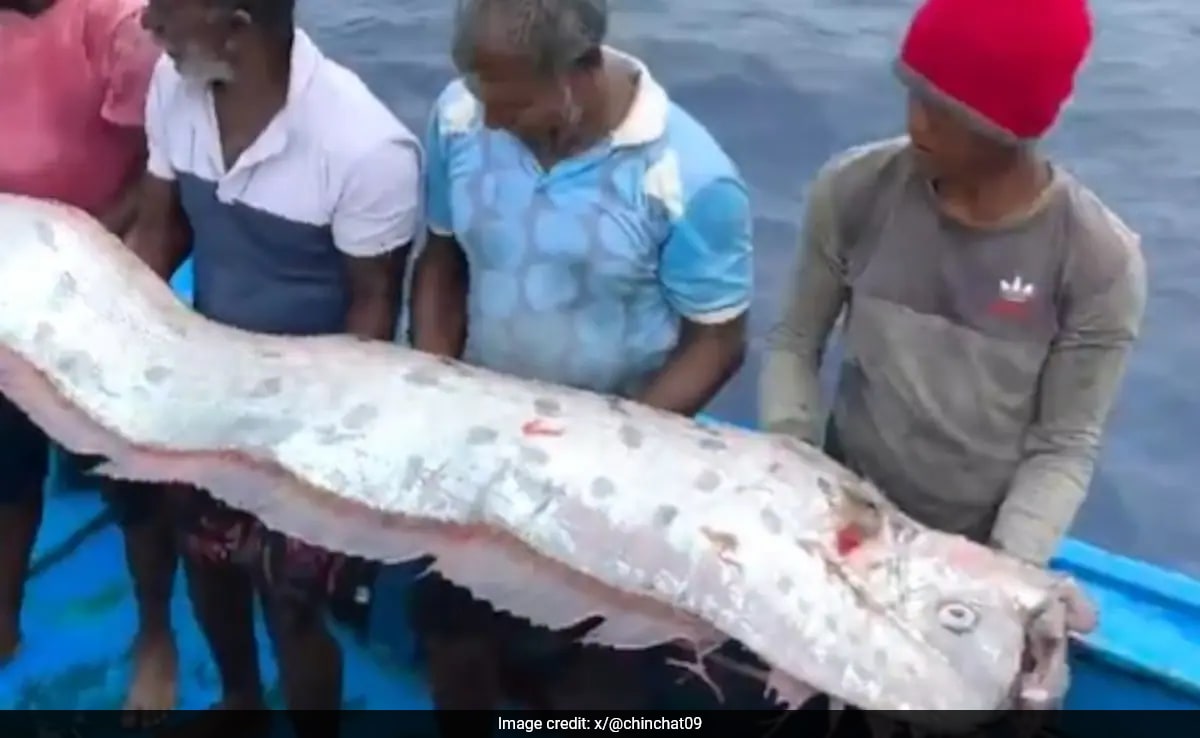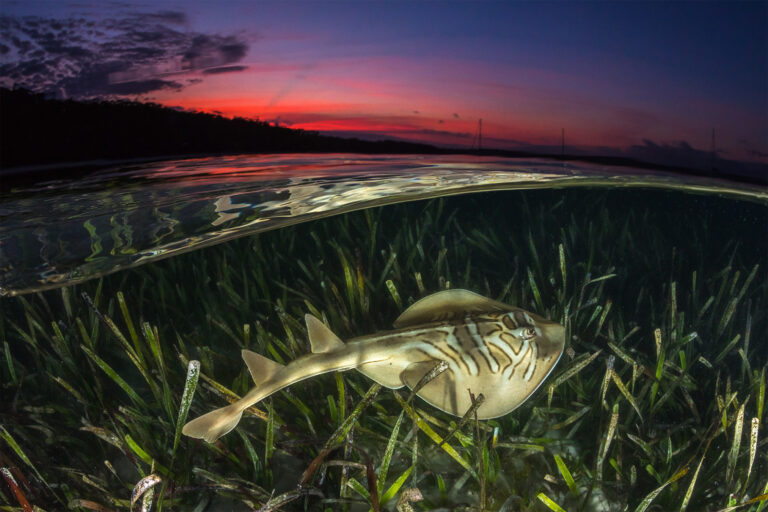From the Depths: Global Fishing Phenomena of 2025
By Marine Observer, Special Correspondent for New York AnglerThe world's oceans continue to surprise even the most seasoned anglers with remarkable catches and sightings in 2025. From record-breaking game fish to creatures once thought to be the stuff of maritime legend, this year has already delivered an extraordinary array of fishing phenomena that have captivated the angling community worldwide. Join us as we dive into the most fascinating global fisheries news that every angler should know about.
Ultra-Rare Albino Lobster Surfaces in Halifax

The fishing community in Halifax, Nova Scotia was stunned this June when Fisherman's Market displayed what many consider the holy grail of crustacean rarities – a genuine albino lobster. Unlike the more common blue or calico-colored variants, true albino lobsters occur at a mind-boggling rate of approximately 1 in 100 million.
"Its stunning pearl-white shell is caused by a genetic condition that prevents pigment production, making it one of the ocean's most extraordinary creatures," explained a representative from Fisherman's Market. The specimen has become something of a local celebrity, with visitors flocking to the market to catch a glimpse of this ghostly marine marvel.
Marine biologists note that such lobsters rarely survive in the wild due to their high visibility to predators. This particular specimen will remain on display for educational purposes before potentially being transferred to an aquarium where it can live out its days safely.
Florida Angler Shatters African Pompano World Record

In a testament to both skill and perseverance, Yvonne Norman of Clay County, Florida, has etched her name in the fishing record books after landing a massive African Pompano off the coast of St. Augustine in June. Norman was fishing approximately 9 miles offshore when she hooked what she initially thought was "just another good-sized fish."
"I've never seen one that big," Norman told Action News Jax. "When it finally surfaced, everyone on the boat just went silent. We knew immediately this was something special."
The fish weighed in at an astonishing 51 pounds, 8 ounces, easily surpassing the previous world record. Norman fought the fish for nearly 45 minutes before successfully bringing it aboard. The International Game Fish Association (IGFA) is currently processing the official world record certification.
Local fishing guides report that while African Pompano are not uncommon in Florida waters, specimens of this size are exceedingly rare, particularly so close to shore. Norman's catch has sparked renewed interest in targeting this species among sport fishermen throughout the southeastern United States.
Northern Pike Records Continue to Fall in European Waters

The quest for monster northern pike continues to draw anglers to the waters of Western Europe, where the species reaches its greatest potential size. While Lothar Louis' 1986 all-tackle world record of 55 pounds, 1 ounce from Germany's Lake of Grefeern still stands, several line-class records have fallen in recent months.
Most impressive among these achievements is Swedish angler Erik Lundberg's capture of a 49-pound, 3-ounce pike on 8-pound test line—a fish that fought for over 30 minutes before being successfully landed and released. The catch represents a remarkable 6:1 ratio of fish weight to line strength.
"European waters, particularly those in Germany, Sweden, and Finland, continue to produce the world's largest pike," explains pike specialist and fishing guide Markus Jansen. "The combination of cold, deep waters, abundant forage fish, and strict conservation measures has created the perfect environment for these apex predators to reach their maximum potential."
American anglers seeking trophy pike would be well-advised to look to the waters of Alaska and Canada's Northwest Territories, where specimens approaching world-record proportions are occasionally encountered.
Deep-Sea Nightmare: Black Seadevil Anglerfish Appears Near Surface
In what marine biologists are calling "an unprecedented event," a live adult Black Seadevil (Melanocetus johnsonii) was documented swimming near the surface just two kilometers off the coast of Tenerife in the Canary Islands this February. This species typically inhabits depths between 3,000 and 9,000 feet, making surface sightings extraordinarily rare.
The specimen, a female approximately 7 inches long, was captured on video by local marine researcher Condrik Tenerife, who described the encounter as "both terrifying and awe-inspiring." The footage shows the anglerfish's characteristic bioluminescent lure and fearsome teeth as it moved slowly through the water column.
"These fish are adapted to extreme pressure environments. Finding one near the surface is like discovering a polar bear in the desert," explained Dr. Marina Velez of the Tenerife Marine Research Institute. "Unfortunately, the fish didn't survive long after surfacing, but it has been preserved for scientific study."
Scientists speculate that deep-sea currents or the fish's failing health may have carried it upward. The specimen is now housed at the Museum of Nature and Archaeology in Santa Cruz de Tenerife, where researchers are studying it to better understand deep-sea adaptations and why it may have ascended from the depths.
"Doomsday Fish" Sightings Surge: Oarfish Appear in Tamil Nadu and Tasmania

In a bizarre coincidence that has both scientists and folklore enthusiasts talking, rare oarfish specimens have washed ashore in both Tamil Nadu, India, and Tasmania, Australia, within days of each other. These serpent-like creatures, which can grow to over 30 feet in length, typically live at depths of 650 to 3,300 feet and are rarely seen by humans.
In Japanese folklore, oarfish (known as "ryugu no tsukai" or "messenger from the palace of the sea god") are believed to be harbingers of earthquakes and tsunamis. This association stems from observations that the fish sometimes appear in coastal waters before seismic events, possibly due to sensitivity to geological disturbances.
"While there's no scientific evidence linking oarfish appearances to impending disasters, their unusual anatomy and deep-sea habitat make them fascinating subjects for marine research," notes marine biologist Dr. Arun Krishnan, who examined the Tamil Nadu specimen. "The simultaneous appearances in such distant locations is certainly unusual and warrants further study."
The Tamil Nadu oarfish measured approximately 16 feet in length, while the Tasmanian specimen was slightly smaller at 12 feet. Both have been preserved for scientific examination.
Atlantic Sturgeon Sightings Increase Along Eastern Seaboard

In encouraging news for conservation efforts, multiple sightings of Atlantic sturgeon have been reported along the Eastern Seaboard of the United States in recent months. These prehistoric-looking fish, which can live up to 60 years and grow to over 14 feet in length, were once abundant but saw populations crash due to overfishing and habitat destruction.
The New Jersey Department of Environmental Protection recently issued an alert following several sturgeon sightings in state waterways. "DO NOT attempt to handle, remove, or interact with sturgeon," the alert warned, reminding the public that these fish are federally protected under the Endangered Species Act.
"These sightings suggest that conservation efforts may be paying off," explains fisheries biologist Dr. Sarah Connors. "Atlantic sturgeon were listed as endangered in 2012, and strict protections have been in place since then. Seeing more of them in their historical ranges is a positive sign, but recovery will take decades due to their slow reproductive rate."
Anglers who accidentally hook a sturgeon are required by law to release it immediately and report the encounter to wildlife authorities. The distinctive armor-like plates (called scutes) that run along the sturgeon's body make it easily identifiable.
Strange Catfish Phenomenon Puzzles Kansas Anglers
Milford Lake in Geary County, Kansas, has become the epicenter of an unusual fishing phenomenon that has both anglers and biologists scratching their heads. Oddly-colored catfish—including piebald, albino, and leucistic specimens—are being caught with surprising frequency, far exceeding the normal rate of genetic mutations typically seen in wild populations."In most places, you might see one unusually colored catfish in thousands of normal specimens," explains fisheries biologist Dr. Robert Turner. "At Milford Lake, anglers are reporting one in every hundred or so, which is statistically improbable without some environmental factor at play."
Theories range from a limited gene pool creating inbreeding effects to potential environmental contaminants influencing genetic expression. Research is ongoing, with the Kansas Department of Wildlife and Parks collecting DNA samples from both normal and unusually colored specimens for analysis.
Local angler Mike Dawson, who has caught three piebald channel catfish this season, describes the experience as "like winning the fishing lottery three times in a row." The unusual catfish have become something of a trophy target for visitors to the lake, though all are being released as part of the ongoing study.
Conclusion: Our Mysterious Oceans Continue to Surprise
As we've seen from these remarkable stories, the world's waters continue to yield surprises that challenge our understanding and fuel our fascination with marine life. From record-breaking game fish to creatures that seem more myth than reality, 2025 is already proving to be an extraordinary year for noteworthy catches and sightings.For anglers, these phenomena serve as reminders of why we're drawn to the water in the first place—the possibility of encountering something truly remarkable, whether it's a personal-best catch or a once-in-a-lifetime sighting of a rare species. As summer fishing seasons reach their peak across the Northern Hemisphere, who knows what other aquatic wonders await discovery?
